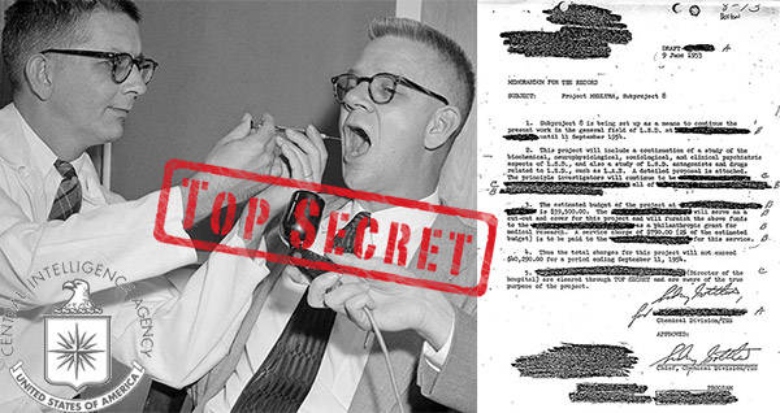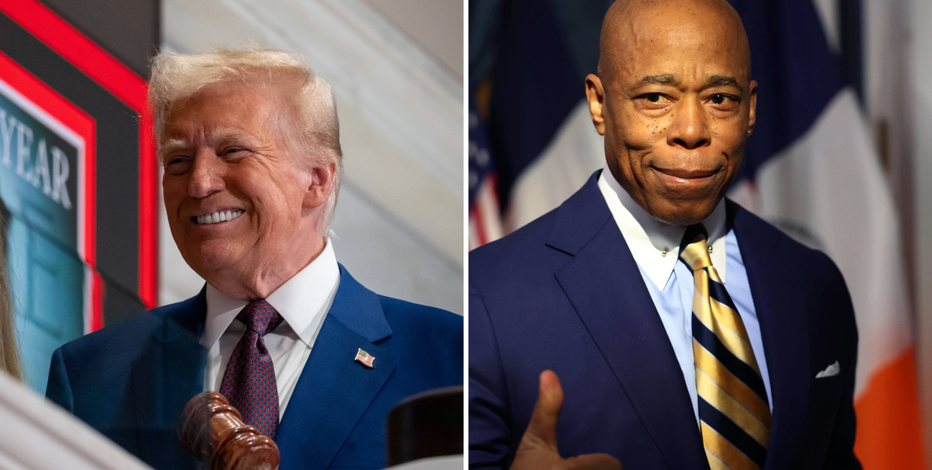The Central Intelligence Agency’s (CIA) MKULTRA program, one of the most chilling operations in U.S. history, was designed to master mind-control techniques during the Cold War. For decades, this clandestine initiative remained veiled in secrecy, sparking speculation about the lengths to which the government would go in its pursuit of psychological manipulation.
Now, over 1,200 newly declassified documents, released by the National Security Archive and ProQuest, have brought to light disturbing details of the program.
These revelations confirm the CIA’s deeply unethical experiments on human subjects and the alarming scope of its ambition.
Anchored In Oklahoma
Launched in the early 1950s, MKULTRA was the CIA’s response to perceived advancements in Soviet and Chinese brainwashing techniques. Its mission: to explore and develop tools for manipulating human behavior and extracting information during interrogations. However, as these new documents reveal, the program’s methods often crossed ethical and legal boundaries, targeting unwitting individuals in experiments that blurred the line between research and abuse.
The techniques employed were extreme, ranging from administering hallucinogenic drugs like LSD to hypnosis, sensory deprivation, and even physical shocks. Many subjects were ordinary Americans, unknowingly caught in the crosshairs of the CIA’s psychological warfare efforts. These experiments not only violated ethical standards but also left lasting harm on countless unsuspecting participants.
The collection, titled “CIA and the Behavioral Sciences: Mind Control, Drug Experiments, and MKULTRA,” represents only a fraction of the program’s original documentation. In 1973, then-CIA Director Richard Helms and Sidney Gottlieb, the program’s chief architect, ordered the destruction of nearly all MKULTRA records. The surviving documents, however, paint a chilling portrait of a sprawling and secretive operation conducted with the approval of senior government officials but devoid of meaningful oversight.
Among the most disturbing aspects of MKULTRA was its reliance on unwitting test subjects. Federal narcotics agent George White, operating under the alias “Morgan Hall,” conducted experiments in CIA-run safehouses, secretly dosing individuals with LSD to study its effects on behavior. Over 40 such experiments were conducted without the consent of the participants, raising profound legal and ethical concerns.
The subjects, unaware they were part of a psychological experiment, often suffered severe psychological and physical consequences. Officials like Helms and Gottlieb defended these actions under the guise of national security, showcasing the dangerous mindset that allowed such abuses to flourish.
The documents also reveal how the CIA used respected institutions and philanthropic organizations to mask its activities. Georgetown University Hospital, for instance, was a key site for MKULTRA experiments. A memo from the CIA’s Technical Services Staff detailed discussions among officials, including Director Allen Dulles, about the hospital’s role and cost-effectiveness in advancing their goals.
Among the “materials and methods” developed were substances capable of inducing “illogical thinking” and others designed to mimic disease symptoms, which could be used to deceive or disorient adversaries. The revelations underscore the depth of the CIA’s commitment to its mind-control pursuits, regardless of the ethical cost.
Not all within the CIA supported MKULTRA. Documents show that some officers voiced moral objections, particularly against a subproject known as MKDELTA, which sought to operationalize MKULTRA techniques. Inspector General John Earman and Deputy Director Gen. Marshall Carter criticized the program for its lack of oversight and the poor conditions in its testing facilities. However, internal dissent proved insufficient to halt the program, which continued until public exposure forced its closure.
The existence of MKULTRA became widely known in 1975 during the Church Committee’s investigation into intelligence abuses. Despite the CIA’s claims that the program ended decades ago, the techniques developed under MKULTRA influenced subsequent intelligence operations. According to historian Stephen Kinzer, these methods were later used in CIA interrogations in Vietnam, Latin America, Afghanistan, Iraq, and Guantanamo Bay.
This enduring legacy raises troubling questions about the ethical boundaries of national security efforts. How far should a government go in its pursuit of security? The MKULTRA revelations challenge us to confront the consequences of sacrificing ethical principles for perceived national interests.
The release of these documents is a sobering reminder of the dangers posed by unchecked government power. While the CIA asserts that MKULTRA is a relic of the past, the revelations demand vigilance and transparency in modern intelligence operations.
The MKULTRA program serves as a cautionary tale about the perils of secrecy and unchecked authority. As Americans, we must demand accountability from our institutions to ensure that such abuses are never repeated.
The National Security Archive’s collection offers invaluable insight into one of the most controversial chapters in U.S. history. It highlights the lengths to which agencies may go when operating in secrecy and reminds us of the critical need for oversight. By reflecting on the abuses of MKULTRA, we can reaffirm our commitment to protecting civil liberties and preventing future violations.
Unchecked power, as history shows, is a danger to democracy. The lessons of MKULTRA should inspire renewed efforts to uphold the values that define a just and ethical society.



